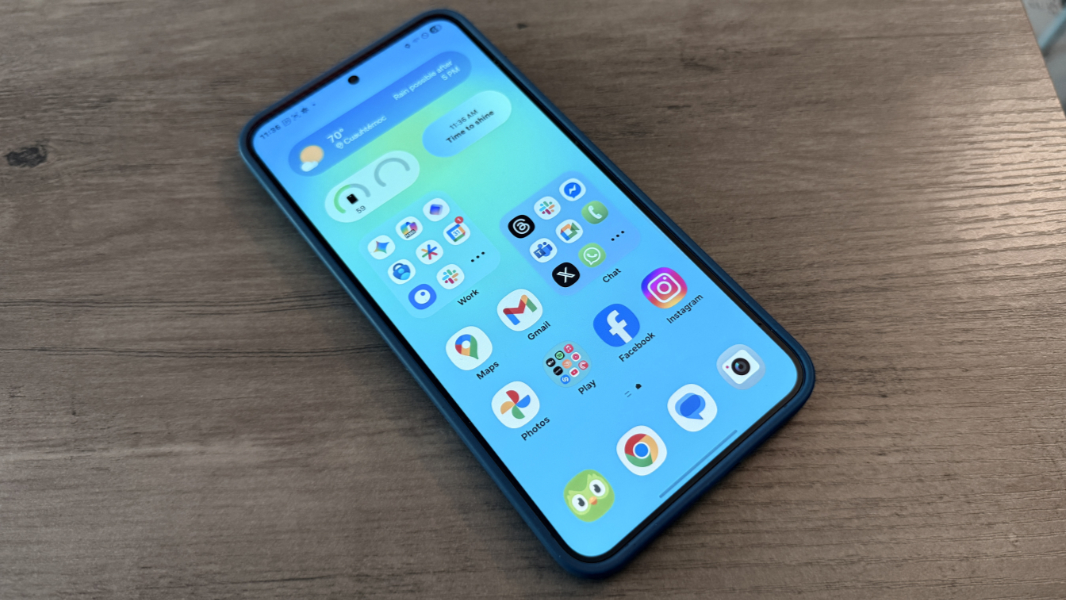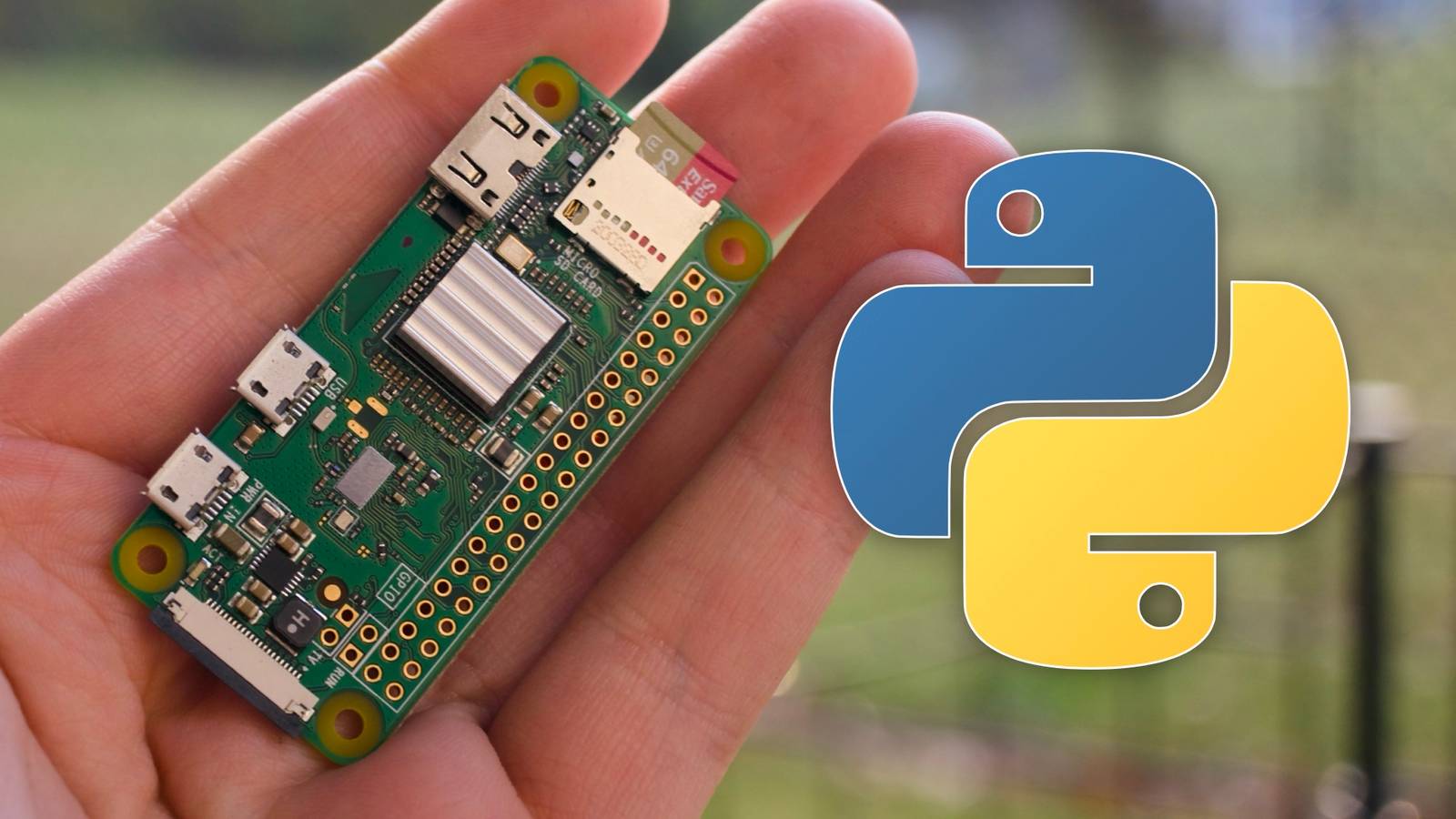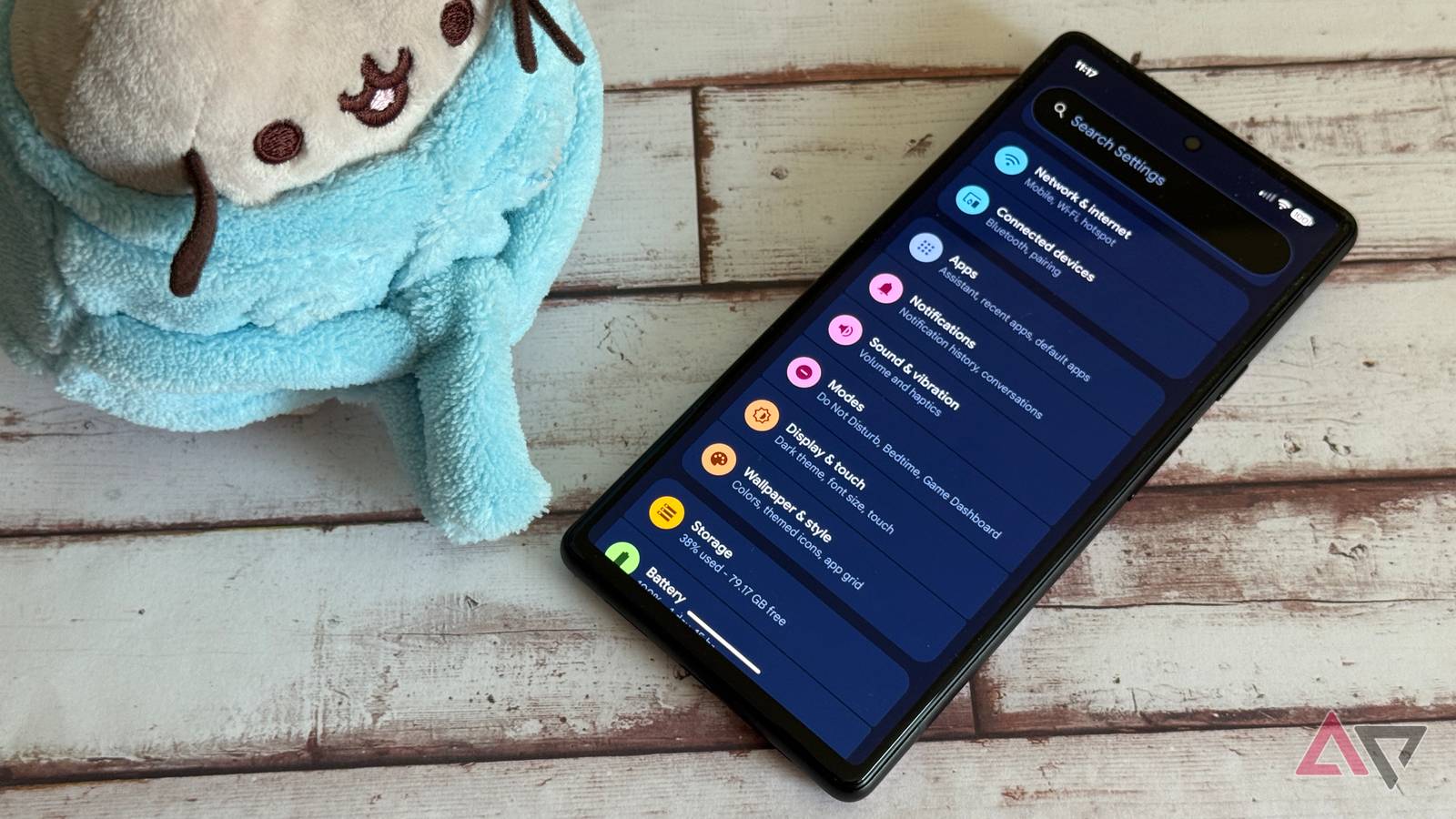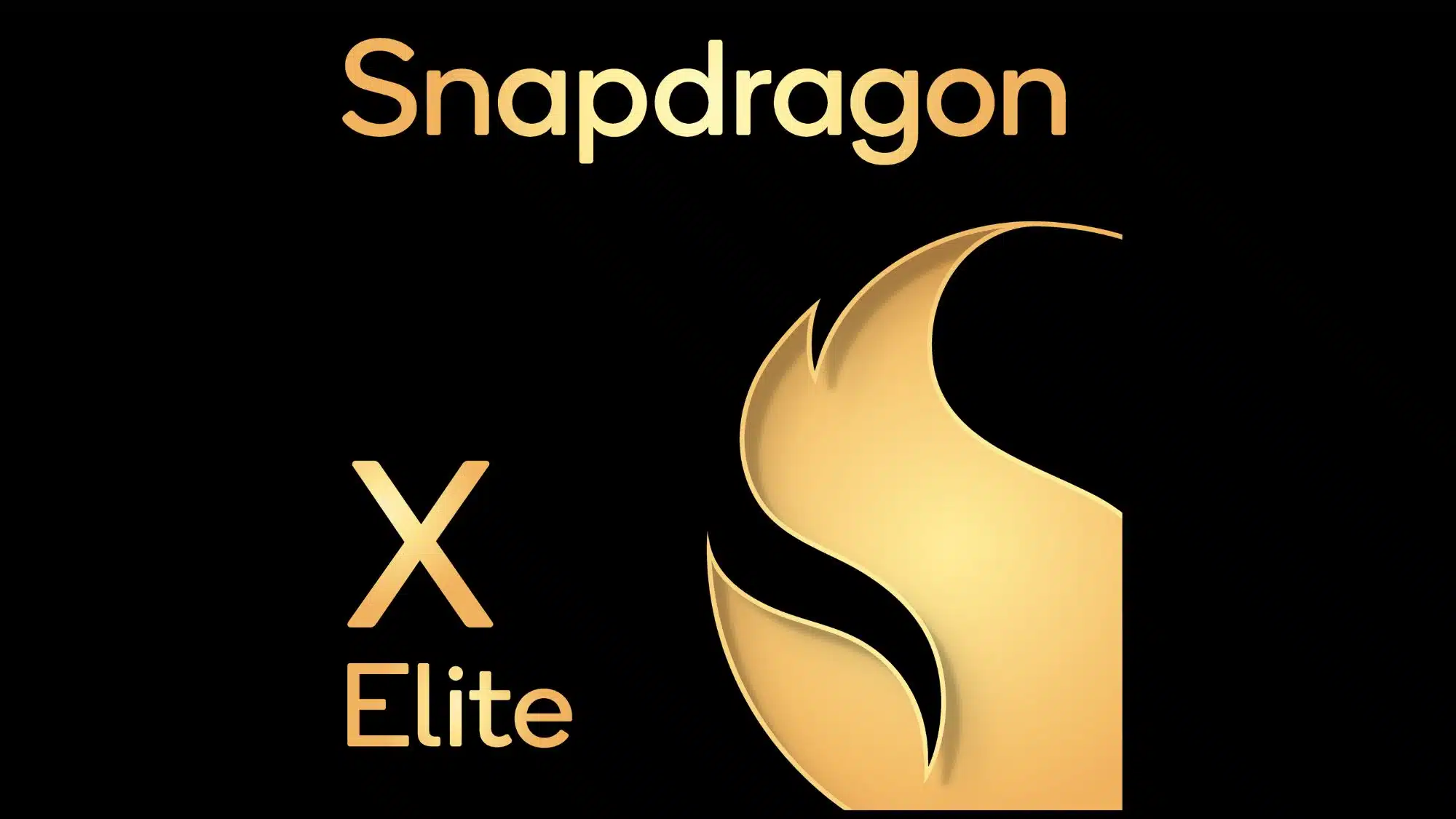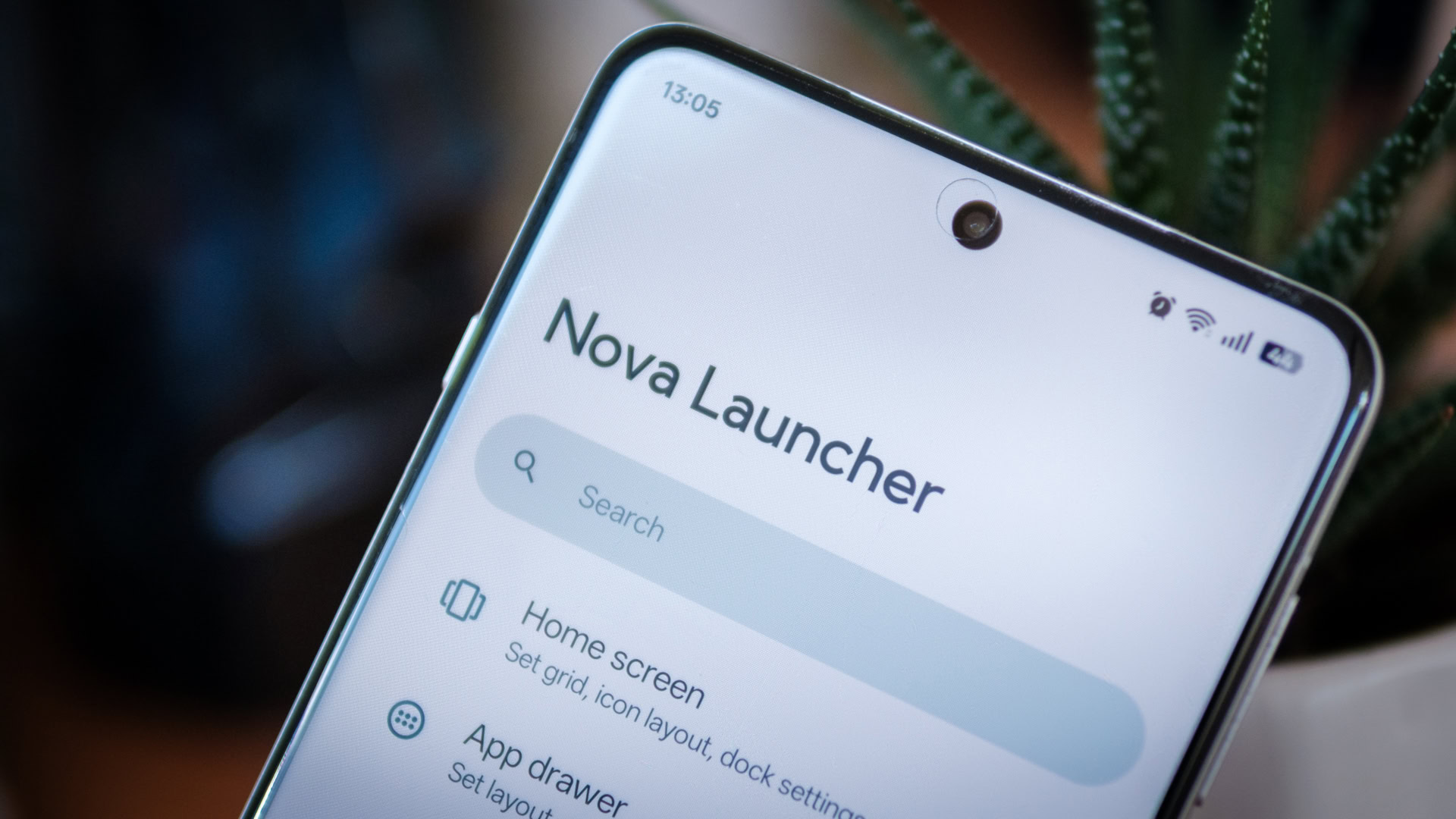The Galaxy S25+ is the often overlooked Samsung smartphone model that I think hits at the sweet spot of the lineup. It’s a terrific device that’s only let down by middling battery life.
And, yes, I know this review isn’t particularly timely. Samsung announced the initial Galaxy S25 family–which then consisted of the Galaxy S25, S25+, and S25 Ultra–in January and then started shipping the phones to customers in early February. Then it added the thin new Galaxy S25 Edge in May and its related foldables, the Galaxy Z Fold7 and Z Flip7, earlier this month. But these are collectively Samsung’s flagship phones for 2025, and they will remain current until new models appear next year.
Windows Intelligence In Your Inbox
Sign up for our new free newsletter to get three time-saving tips each Friday — and get free copies of Paul Thurrott’s Windows 11 and Windows 10 Field Guides (normally $9.99) as a special welcome gift!
“*” indicates required fields
Design
My Samsung Galaxy S25+ looks stunning in the deep Navy blue color I selected at purchase. And that color extends from the back to the sides, which are often lighter if not a natural metal color, as on other phones, giving it a subtle visual differentiation that I really like.
The body is made from a mix of aluminum and titanium, with elegantly rounded corners that are perfectly matched by the display corners. It’s a tad smaller than my iPhone 16 Pro Max and Pixel 9 Pro XL at 6.24 x 2.98 x 0.29 inches, but it is thinner and, at 7.69 ounces, dramatically lighter than either. My iPhone is 0.33 inches thin and weighs 8.01 ounces, while the Pixel is 0.33 inches thin and weighs 7.8 ounces. It’s immediately noticeable.
Flip it over, and you can see that Samsung arranges the three rear camera lenses in a vertical stack in the upper left corner on the back, with each encircled with a black metal ring. It’s a handsome and even minimalist look, with no additional visual interruptions save for the tiny circular flash cutout. My iPhone and Pixel have busier camera setups on their backs, but the Pixel does make up for it by using a camera bar that keeps the phone steady on a table in use. I use a case with all my phones, though, and the stock Samsung case (below) at least reduces the wobble.
The minimalist design continues with the buttons: There are just three–Volume up, Volume down, and Power–and they’re arrayed on the right side of the phone. Beyond that, you’ll find the USB-C port on the center bottom, a nano-SIM card slot on the bottom, a speaker slit on the bottom, and microphone holes on the top and bottom.
Display
Samsung is widely credited with making the best displays in the industry, and the Galaxy S25+ is an excellent example: It features a 6.7-inch Dynamic LPTO AMOLED 2X display panel that that effortlessly matches the vibrancy and crispness of that on my iPhone 16 Pro Max.
The display has a tall 19.5:9 aspect ratio, a Quad HD+ resolution of 1440 x 3120–about 513 pixels per inch (PPI)–and an adaptive 120 Hz refresh rate. That’s a higher resolution and pixel density than I get from my iPhone or Pixel 9 Pro XL, but they’re comparable, at least to my eyes. The display is also incredibly bright at 2600 nits. This makes it suitable for use outdoors, even on the brightest of sunny days.
The S25+ display is surrounded by small bezels, and it’s interrupted only by a small, centered camera cutout that I actually kind of like. It’s the right position for this type of thing, and it doesn’t get in the way that much when viewing media.
The S25+ display panel is protected with Corning Gorilla Glass Victus, and you can increase its touch sensitivity in software if you use a screen protector (I did not). There’s also a separate accidental touch protection feature that I did enable. And IP68 dust and water protection, like other flagships.
Speaking of which, Samsung provides Galaxy S25+ customers with a ridiculous number of display settings to consider, though most are familiar. You can configure Dark mode to come on at a set schedule, of course, and toggle options like Adaptive brightness, Eye comfort shield, Adaptive color tone, and Screen mode (which can be Vivid or Natural), but that’s just the tip of the iceberg. You can separately configure the Screen zoom (scaling) and font size and style, change the screen resolution (which I left on the middle FHD+ 2340 x 1080 option, between HD+ 1560 x 720 and QHD+ 3120 x 1440), and even choose whether to replace the elegant round camera cutout with an artificial black bar at the top of the display.
As with other modern smartphones, the S25+ also supports an always-on mode that’s reasonably customizable. It will display the date and time in large fonts at the top, of course, but you can toggle the wallpaper display and whether that wallpaper hides the background (for people or pets) and displays the Now bar (a sort of live update feature that can also appear on the Home screen) as needed, and even when it displays. I configured it to come on when tapped only, to help with battery life, but it can remain on, come on automatically, display on a schedule, or display when there are new notifications. Whew.
Hardware and specs
As one should expect, the Galaxy S25+ delivers flagship-class components that elevate the performance and responsiveness of the device. It’s powered by a 3-nm Qualcomm Snapdragon 8 Elite processor that utilizes the same Oryon CPU cores as Qualcomm’s Snapdragon X Elite chips for PCs and provides powerful Adreno 830 graphics and Hexagon NPU capabilities.
These parts deliver Apple-level enhancements over their predecessors, with a reported 45 percent gain in CPU performance with 44 percent better power efficiency, 30 percent better GPU performance with 40 percent better GPU efficiency, and 45 percent faster hardware-accelerated AI performance. And Samsung keeps things as cool as possible with a vapor chamber design that seems to work wonders. I often note my iPhone and Pixel getting hot, but that was rarely an issue with the S25+.
The Galaxy S25+ also provides 12 GB of RAM and 256 GB or 512 GB of fast but non-expandable UFS 4.0 solid-state storage. (If you need more storage, the larger Galaxy S25 Ultra can be configured with up to 1 TB.)
Performance is predictably top-notch, with none of the pauses and wait times that sometimes bog down my Pixel 9 Pro XL. There’s a certain silky quality to touch interactions with the display, and apps don’t so much load as they do snap into life instantly.
I don’t typically play games on phones, of course, but I did check out Call of Duty: Mobile and Limbo for research purposes. For Call of Duty, I installed the higher resolution textures and played with an Xbox wireless controller hard-wired over USB, and the experience was incredible, with flawless performance and a surprisingly strong audio-video presentation.
Limbo is a sideways scrolling puzzle game. It’s simpler, less busy title with touch controls and an atmospheric, wind-swept soundscape that also looked and played wonderfully. Granted, it doesn’t stress the system as much as Call of Duty, but it’s also the type of game one could pick up here and there as needed.
Connectivity
The Galaxy S25+ delivers modern connectivity across the board, with global support for the latest 5G cellular data, Wi-Fi 7, Bluetooth 5.4, and NFC. It supports dual-SIM configurations with one nano-SIM slot and embedded-SIM (eSIM) capabilities; you can use two eSIMs simultaneously and have multiple downloaded eSIMs on the device for later use.
The USB port on the bottom of the phone is of the USB 3.2 Gen 1 variety, meaning it supports a pokey 5 Gbps data transfer speed, which is vaguely disappointing: At this point, flagship phones should support at least 10 Gbps.
Audio-video
The S25+ provides stereo speakers, one on the bottom of the device and one less obviously in the earpiece hidden in the top of the display. This configuration is typical for smartphones, and it often leads to a sound imbalance that can be minimal or overt, depending on the device. And it is indeed obvious on the S25+, with the bigger and more exposed rear (right) speaker delivering more volume than the other. This is true in games, like Call of Duty: Mobile, and in media apps like YouTube and YouTube Music. But it’s also not entirely problematic since most will use earbuds or headphones for extended periods.
The phone ships with Dolby Atmos for immersive sound with automatic optimizations, a nice software equalizer, dialog boost and loudness normalization options, and an Adapt Sound feature that lets you use age-based presets or create a personalized sound profile, albeit only for headphone/earbud use. It also upscales music and the sound in videos automatically when using headphones/earbuds.
But the biggest advance here is a unique feature called Separate App Sound that solves one of my biggest issues with Bluetooth. Typically, you connect a phone to a Bluetooth speaker, start playing music or whatever, and every once in a while, a notification or other non-media sound will temporarily tune down what you’re listening to and interrupt it with its unpleasant and unwanted sound. I’ve long wanted something I think of as per-app Bluetooth, and that’s pretty much what Separate App Sound is: It lets you pair an app (like YouTube Music) with an audio device (your Bluetooth speaker) so that the audio playback from that app is never interrupted. Instead, notifications and other sounds will go through the default audio playback device (the phone’s built-in speakers). Nice!
Cameras
The camera system in the Galaxy S25+ is identical to that provided with the smaller S25 and a step down from that in the bigger and more expensive S25 Ultra. This was by design on my part: I have typically purchased phones with the best-possible camera system, and I’ve wanted to test a theory that this was perhaps unnecessary. I almost bought an iPhone 16 Plus in late 2024 before retreating back to the more capable iPhone 16 Pro Max. But for this go-round, I finally went for it. And I do not regret doing so.
The hardware is solid, though only the main (wide) lens provides a high-resolution sensor. You get a 50 MP main lens with a 24 mm focal range, an f/1.8 aperture, dual-pixel phase detection autofocus (PDAF), and optical image stabilization (OIS); a 12 MP ultra-wide lens with a 13 mm focal range and a 120-degree field of view; and a 10 MP telephoto lens with 3x optical zoom, 30x digital zoom, PDAF, and OIS. There’s also a 12 MP selfie camera on the front, with a (wide) 26 mm focal range, an f/2.2 aperture, and dual-pixel PDAF.
Those are just numbers. If you’re looking for something more impressive in the Samsung space, the Galaxy S25 Ultra takes it to 11 with a 200 MP main lens, a 50 MP ultra-wide lens, and two (!) telephoto lenses, one 10 MP/3x optical zoom and the other 50 MP/5x optical zoom. And while it’s a little unfair to compare the S25+ to higher-end phones, my iPhone 16 Pro Max has two high-resolution sensors, in the main/wide and ultra-wide lenses, while all three of the lenses on my Pixel 9 Pro have high-resolution sensors.
I’m not sure that it matters most of the time, and I was never let down by the Galaxy S25+ over almost two months of steady use. More importantly, I never wished for more impressive camera hardware: Samsung was rightfully criticized for its overly processed images in the past, with overly vibrant colors, but it now provides what I think to be an ideal and subtle color boost that puts photos over the top.
Across the board, in all lighting conditions, I was consistently happy with the quality of the photos I got out of the Samsung, and with little to no effort on my part. Details are crisp, the ultra-wide lens doesn’t distort the edges of images as much as the iPhone does, and even night mode shots are clear, without any obvious noise. Here’s the same shot with the wide (top) and ultra-wide (bottom) lenses:
Portrait mode is also terrific, so much so that I’ve started using this style more because the S25+ is so good at it.
Consider this shot of my sister, which is to me a non-standard Portrait mode setting, but a nice effect regardless.
OK, it’s possible I got a bit carried away with Portrait mode, but I kept returning to it again and again.
Telephoto is limited to 3x optical, but I never found that to be a problem. I only rarely need higher magnification, and Samsung’s digital/hybrid zoom is good to about 20x, which is impressive. At 30x, noise and hand unsteadiness become an issue, but of course they do.
Here’s a quick look at what the various zoom presets look like:
Samsung’s Camera app is excellent, with a simple and logical layout that was clearly one inspiration (the other being the Pixel Camera app) for the simpler new Camera app design coming to the iPhone with iOS 26 later this year. It has the expected mode slider on the bottom, obvious mode-specific options in an expandable menu, and quick access to those options one might toggle on/off on the fly at the top of the display. I feel like I’m always fighting the iPhone Camera app, but this is almost intuitive.
Indeed, this phone might be currently my favorite for taking photos. The automatic nature of it all is impressive, and unlike the iPhone, I rarely if ever needed to retake shots to get the look I wanted.
I don’t take much video, and nothing of note with the S25+, sorry, but it supports 4K60 and 8K30 for those that need more than Full HD. Ditto for selfies, though I did at least get a few, and they are all high quality, with good details. Samsung lets you toggle between two depths/zoom levels on that camera.
Security
Samsung provides a familiar dual-biometric authentication system, with an ultrasonic under-display fingerprint reader and Face Lock facial recognition. Also familiar, only the former is secure enough for banking transactions via whatever wallet app, and so I found myself resorting to the fingerprint reader a lot. It’s fast and reliable, at least, but this is an area where Samsung and Android in general still lags Apple and its nearly flawless Face ID.
Battery
The trade-off for the thin and light Galaxy S25+ form factor is battery life: I was hoping and expecting that this phone would at least outperform the Google Pixel 9 Pro XL, which is unexceptional in this category. But that was not the case. Real-world smartphone battery life is a bit difficult to measure accurately, but the Galaxy S25+ disappointingly delivers even less battery life than the Pixel. When I’m just working from home, which is typical, it can last the day. But when I go out into the world and actually use the phone–perhaps with Google Maps, Uber, Instagram, or whatever–it needs a mid-day top-off.
If you have a fast enough charger–the S25+ supports up to 45 watts over a wired connection, though it doesn’t include a charger of any kind–you can fast-charge the phone’s 4900 mAh battery to 65 percent in 30 minutes, so that helps. It also supports 15-watt charging over Qi2 if you have a compatible case: I bought a third-party case to test that, and it appears to work fine.
There’s even 4.5-watt reverse charging, though it’s more likely that the S25+ will need the juice than whatever other compatible device you might have. Still, it’s a nice feature, and it can be used while you’re charging the phone over USB.
Software
Samsung rightfully wants to control its own destiny, so it has built its own software and services, and its own user interface, on top of Android to create an entirely unique experience. This is understandable, but I’ve also criticized the company for overdoing it because Samsung smartphones are overloaded with superfluous and redundant apps and services, promotional upsells, and overlapping licensing agreements that are fraught with privacy implications. In this new AI era, this situation is, if anything, worse, with Samsung shifting from its ridiculous Bixby assistant to a combination of in-house Galaxy AI solutions and the Gemini-powered advances that Google delivers.
It’s a lot to take in. So this time, I went in a different direction. I simply gave in.
Navigating between the dozens of apps that Samsung supplies and the myriad of options scattered throughout Settings and elsewhere, I said yes to it, checked every box, signed in to my Samsung account at every prompt, enabled every feature. And while I am uncomfortable recommending that to anyone, I will tell you that it was OK. Aside from a few strident requests to purchase an extended warranty through whatever Samsung app, my blind acquiescence didn’t bother me too much. Instead, I adopted a sort of “don’t see, don’t worry about it” policy, similar to what I do with Windows 11 most of the time. Those apps can’t hurt me if I don’t see them.
Samsung’s influence can be seen all over this device, and most of it is positive or at least non-problematic. It starts with the One UI 7 user interface, which is terrific and getting even better in the One UI 8 update that I’m now testing, and extends to Samsung’s first-party apps and services, including the DeX desktop mode that will come soon to Android more broadly, and the newer Galaxy AI features that permeate throughout the device, across the system and the apps.
One UI is so good I wrote an article dedicated to this topic, and as features like Live notifications expand and improve, it’s getting even better. There’s a debate to be had about whether One UI or Pixel Android is “better,” but they’re both terrific in their own ways. I like all the helpful features that Google adds throughout Pixel and feel that it is superior from an overall functional perspective. But I like the look and feel of One UI much more. And it does have some terrific and unique features of its own, of course. The Samsung implementation of Live notifications is quite close to the Dynamic Island feature on iPhone, and I love it.
The software bloat problem is real, of course. I used a handful of Samsung apps, mostly obvious choices like Phone, Camera/Gallery, and utilities like Calculator, Contacts, Clock, and so on. But I never found myself using any Samsung apps per se, and apps like Bixby (still hanging in there for some reason), Calendar, Gaming Hub and the dozens of others are mostly non-threatening or at least decent. There are some oddballs in there, like Global Goals, Samsung Members, Samsung News, Samsung Notes, Samsung Pass–seriously, it goes on and on–but … whatever. I don’t like having two stores, two wallets, two whatevers. But it’s … OK.
Galaxy AI is likewise a mixed bag. Generally speaking, the Google AI features are better, which is especially obvious in photo editing. And because Samsung bundles Google Messages, I could take advantage of its writing assistance. But Samsung is going deep here: The S25+ features Call assist for real-time translation during voice calls, Writing assist across multiple apps, Interpreter for live translation with voice or text output across apps, Note assist in Samsung Notes, Transcript assist for voice and call recordings, Browsing assist in Internet (the Samsung web browser) for summaries, translations, and so on, Photo assist, Drawing assist for transforming sketches into generative AI artwork, Audio eraser for eliminating background voices, wind, and other noises from audio and video, AI-created Photo ambient wallpaper, a Now brief on the Lock screen and Home screen, Health assist in the Samsung Health app I didn’t really try, and probably more I’m missing.
It’s a lot, and describing it all could fill a book. But I will point out that you can choose to process all AI tasks on-device for privacy, with poorer results. (I left the spigots open for the best results.) And some of this stuff is truly useful. You can use natural language to find settings in the Settings app, a feature Microsoft will fully add to Windows 11 later this year. The image editing tools are extensive, maybe too extensive, with generative edit and sketch functions, and there’s a fun Photo Studio feature in the Galleries app that can turn a photo into a comic, 3D cartoon, sketch, or other style (below). It works pretty well, but it has trouble with multiple people and will only transform one.
Looked at another way, Samsung is at least adding AI where it makes sense. That Photo studio feature is a reasonable example. It could have been implemented as a standalone app, but it’s better and more discoverable as a feature of an app that people will use to manage and edit photos. This will ease customers into the AI functionality naturally. Or you can ignore it as you may with so many other app features.
Samsung provides seven years of Android OS and security updates, matching the best available support lifecycle in the Android phone market. That’s stellar.
Pricing and availability
The Galaxy S25+ starts at $999 for a model with 256 GB of storage, and you can upgrade to 512 GB for a total of $1199. But no one should or would ever pay that price, as Samsung phones are almost always on sale, and typically with friendly trade-in values, especially for previous-generation Samsung devices. As I write this, the S25+ is $150 off, for example, and Samsung is offering up to $480 in trade-in credit. (Or more, as my wife’s Samsung Galaxy S24 Ultra would actually fetch $500 on trade.)
You can get a Galaxy S25+ in Navy, Mint, Icy Blue, or Silver Shadow regardless of where you purchase the device. But if you order directly from Samsung–which you probably should, for its sales and elevated trade-ins–then you can also choose between three additional colors: Blueblack, Coralred, and Pinkgold. The unit I purchased is Navy, and it’s a pretty deep navy blue color that I truly enjoy.
Recommendations and conclusions
The Samsung Galaxy S25+ is a superior choice for those who prefer Android. It’s also my favorite smartphone overall, currently, though the broader Apple ecosystem is stronger and more cohesive than that offered by Samsung. It offers incredible performance, a terrific display, an incredibly strong camera system that’s also easy to use, future-proof components of every kind, and a support lifecycle that will quit on this device long after you do. Yes, Samsung bloats its devices with unnecessary apps and services, and the battery life could be a bit better. But One UI 7/8 is my favorite smartphone interface, and Galaxy AI combined with Google Gemini is coming along nicely on the AI front. When you factor in the regular sales and better-than-necessary trade-in values that Samsung offers, it’s almost a no-brainer. This phone surprised me and in all the right ways. The Galaxy S25+ is highly recommended.
At-a-glance
Pros
- One UI 7/8 is clean, uncluttered, and well-designed
- Incredibly light compared to other Android and iPhone flagships
- Superior performance
- Terrific display
- Future-proof connectivity
- Excellent camera system
- Strong AI features are starting to emerge throughout the system
- 7 years of OS version upgrades and security updates
Cons
- Battery life is middling
- Ever-present Samsung software and services bloat






